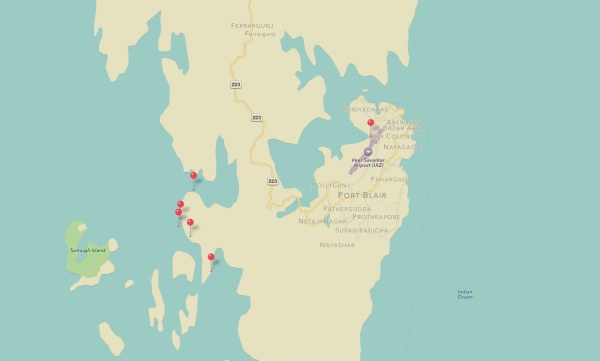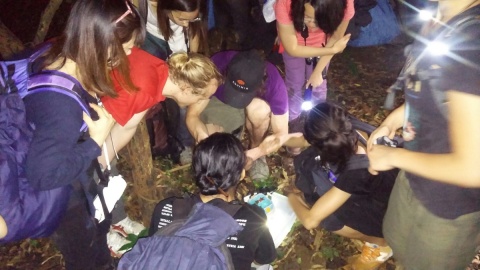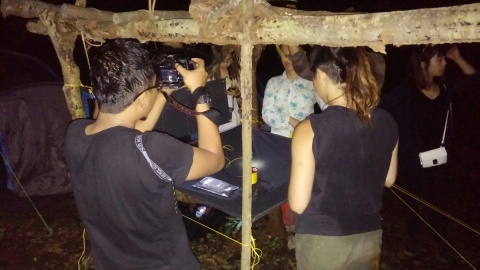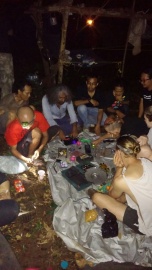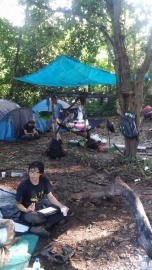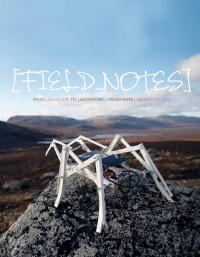Difference between revisions of "Extreme Places and Extended Senses"
(→Suggested Readings) |
(→Suggested Readings) |
||
| Line 83: | Line 83: | ||
Goethean Science as a Way of Knowing''' | Goethean Science as a Way of Knowing''' | ||
| − | [http://hackteria.org/wiki/File:Goethean_Science_Hoekstra.pdf | + | [http://hackteria.org/wiki/File:Goethean_Science_Hoekstra.pdf Study of Atelier Tradition and Goethean Science by Artist Daan Hoekstra] |
| − | [http://hackteria.org/wiki/File: | + | [http://hackteria.org/wiki/File:Goethean_Science_Steiner.pdf Introductions to Goethe's Study of Natural Scientific works by Rudolf Steiner] |
| − | [http://hackteria.org/wiki/File:Doing Goethean Science-Holdrege.pdf Science as a Conversation with Nature A New Scientific Frame of Mind] | + | [http://hackteria.org/wiki/File:Doing Goethean Science-Holdrege.pdf Science as a Conversation with Nature A New Scientific Frame of Mind by Craig Holdrege] |
== further links == | == further links == | ||
Revision as of 12:46, 20 January 2015
Contents
Project- Extreme Places and Extended Senses
- What does 'extended senses' mean?
- What is an 'extreme place'?
- How can extreme environments extend our senses and stoke our creativity?
This project explores ways of extending senses to make new meanings and perceptions of our environment. In practice, this would entail using technological tools such as sensors and handmade scientific equipment to alter and broaden our perception of the world. We will borrow from D.I.Y /D.I.W.O (Do it with others) practitioners and build our own tools for extending our senses. We will look at artistic approaches to field trips, extreme spaces and altering perceptions. One of the practical outcomes of this project will be collaboration with educators to implement our explorations in the educational context (for eg: toolkits and labs). In this project we will work with scientists, artists(visual/sound/performance) and educators. This project is ideal for students interested in the arts, film, visual communication, product design. We begin this exploration on the onset itself of the project with a weeklong expedition to our first Extreme Environment - The Andamans Islands (The Andaman and Nicobar Environmental Team).
People
Notes from earlier Communications
1) Dataloggers and sensors(PASCO) were used as part of mobile lab concept with middle school students for study of soil and water quality in different contexts.
practical concerns: Carrying the equipment was cumbersome and ofcourse expensive. Walking on the rocky shoreline was challenging with these delicate instruments. These are useful in a lab scenario pedagogical: data was collected, graphs drawn and interpreted; however as a facilitator always felt a lack of play or story telling missing because the data is always in numbers
2) We have earlier carried small microscopes, could be useful to have micro-cameras; Wondering what can be captured and played around with in intertidal zones- splash zones, 6 hourly tides, immovable limpets and barnacles stuck to rocks like suction pumps, how do we look inside invertebrates; sounds of waves around rocks and in caves, murmur in the rainforests, looking into/through snakes and crab holes and mounds;
3) How does one look at the canopies ( Rainforest trees are so high)- any tools?...(maybe just climb)
List of Materials for the Andaman Trip
Andaman Trip
Wonosadi Field-Trip during HackteriaLab 2014 - Yogyakarta
Suggested Readings
Field Notes - From Landscape to Laboratory(link to teaser pdf here)
Field_Notes – From Landscape to Laboratory – Maisemasta Laboratorioon, Finnish Society of Bioart, 2013
http://bioartsociety.fi/Field_Notes_Teaser.pdf
Every second year the Finnish Society of Bioart invites a significant group of artists and scientists to the Kilpisjärvi Biological Station in Lapland/Finland to work for one week on topics related to art, biology and the environment. “Field_Notes – From Landscape to Laboratory” is the first in a series of publications originating from this field laboratory. It emphasizes the process of interaction between fieldwork, locality and the laboratory. Oron Catts, Antero Kare, Laura Beloff, Tarja Knuuttila amongst others explore the field and laboratory as sites for art&science practices.
BETWEEN LANDSCAPE AND LABORATORY
How to define the evolving field of art&science, including bioart, and where can the historical trajectory of this area within the arts be found? In very general terms one could divide currently existing artistic interests in the field into two very broad subject categories: artists that are concerned with the environment, and artists whose work focuses on the human as subject matter. The previous group deals with environment, landscape, natural phenomena, plants, and animals typically in their natural habitat. The latter group is interested in the human as such and within his technologically augmented environment. This includes work with human enhancement and organs, with devices and manipulation of human and animal cells. The work is carried out either under laboratory conditions or with technologically mediated social structures including human and non-human actors. Shared aspects across the field are e.g. politics, ethical debates and projections of the possible futures. This publication is specifically focusing on work that is concerned with the environment and ecology. However, the human is strongly present in all the arguments, statements and accounts. It is very apparent that we live in the era of the anthropocene, where viewpoints and actions are unavoidably developed with and projected from a human perspective.
The publication is edited by Laura Beloff, Erich Berger and Terike Haapoja. It is bilingual in Finnish and English and contains 17 articles and additional material of Finnish and international contributors. You can buy the book now from our website:
Goethean Science as a Way of Knowing
Study of Atelier Tradition and Goethean Science by Artist Daan Hoekstra
Introductions to Goethe's Study of Natural Scientific works by Rudolf Steiner
